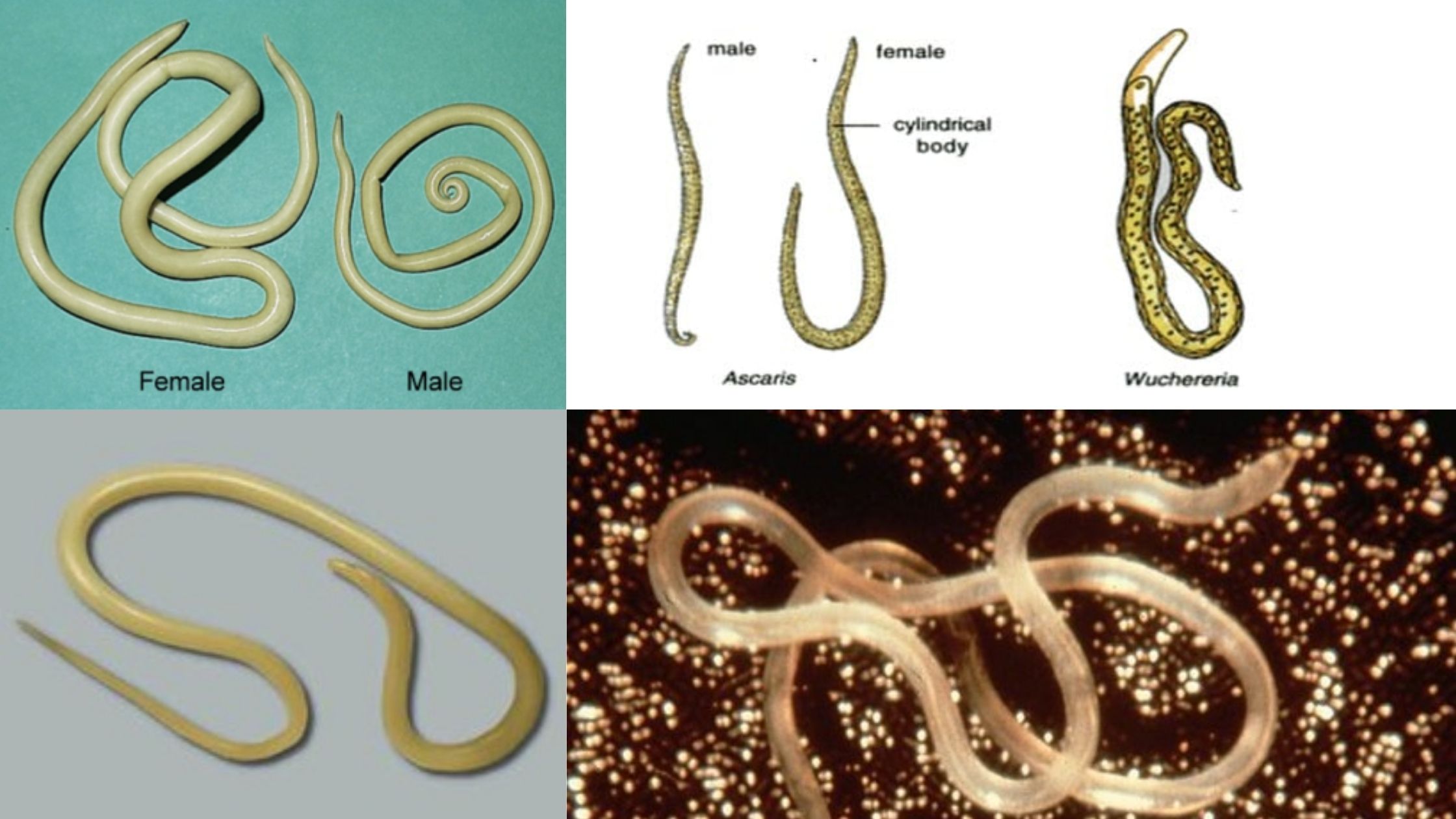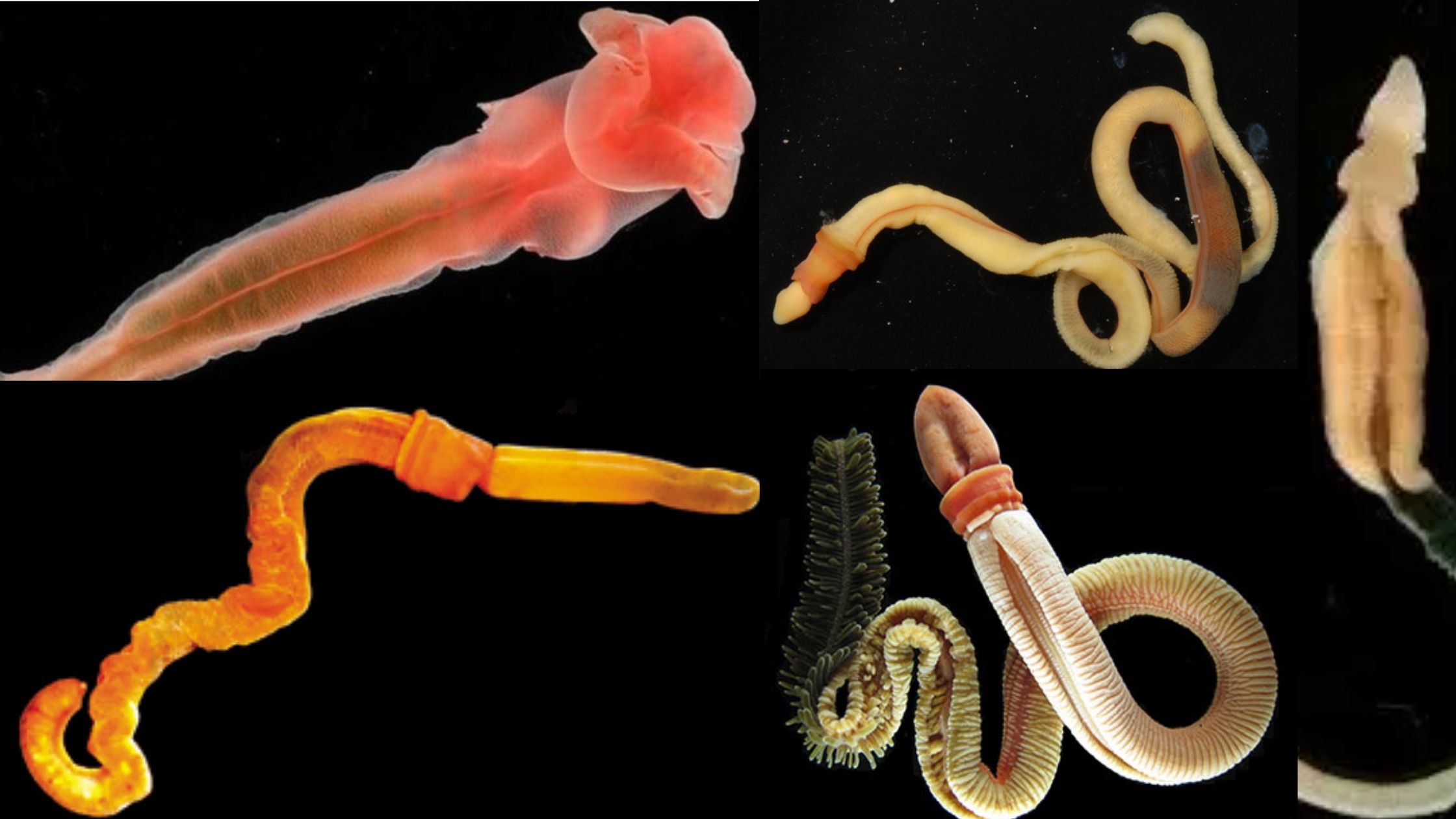Mesophyll Cells – Definition, Location, Structure, Function, Microscopy
Definition of Mesophyll Cells The mesophyll cell is a group of highly differentiated cells which make up the mesophyll layer in plant leaves. The mesophyll layer in the leaves of dicotyledonous plant species is made up two types of cells: the spongy, and the palisade. This makes the mesophyll a site of photosynthesis. These are … Read more









